Will QR Codes Be “Used Up”?
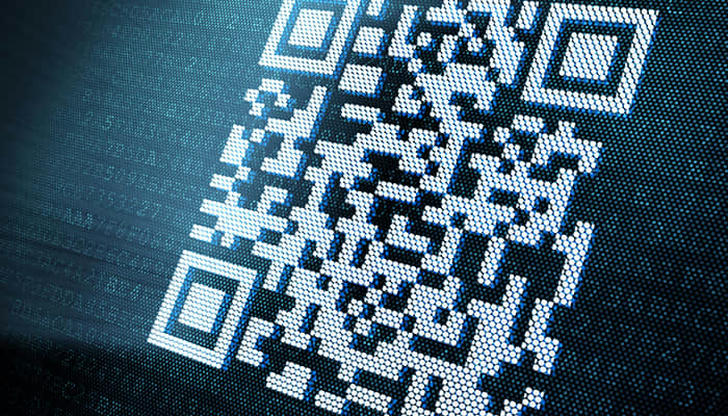
Today, QR codes have become an essential part of our daily lives. Maybe the inventors of QR codes didn’t expect this. From eating to traveling, shopping, or even paying bills, QR codes seamlessly integrate into daily activities. Their absence could significantly disrupt our routines.
Statistics reveal the astonishing scale of their use: during the pandemic alone, WeChat processed a staggering 160 billion QR codes, with global daily consumption exceeding 10 billion. This raises intriguing questions: Can QR codes truly run out? And what if they do?
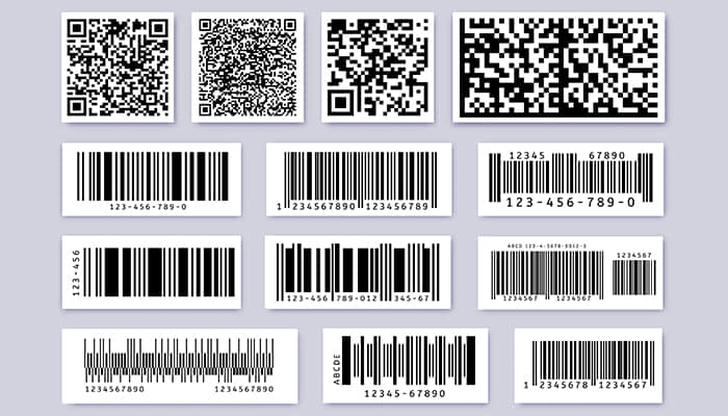
What is a QR code?
The predecessor of the QR code is a one-dimensional code, which is the common barcode. It appeared in the 1960s and revolutionized the business model and improved efficiency. However, shortcomings of barcodes such as small capacity and vulnerability to damage have gradually emerged, and people have begun to seek alternatives.
In 1994, the Denso Wave team in Japan successfully developed a QR code, which increased the information capacity by 250 times. QR codes initially used colored blocks to store information and later evolved into black-and-white patterns that can store 5,000 Japanese characters, meeting the need for large amounts of information storage. As a result of giving up patent rights, QR codes have been widely used and developed rapidly around the world, becoming an indispensable part of modern life.
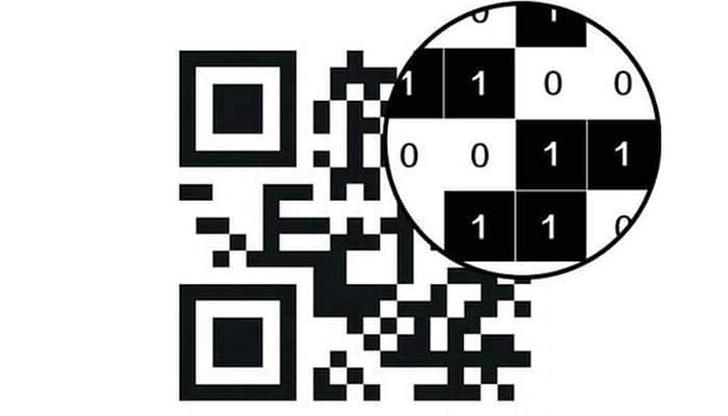
Basic principles of QR code
QR codes consist of small black and white squares, which actually encode information in binary form and fill it into a matrix. White represents 0 and black represents 1. The way QR codes store information is to edit 0s and 1s in different combinations. After machine recognition, the information corresponding to the different arrangements is interpreted and then converted into information that can be recognized by people or machines. People scan QR codes through mobile phones or other devices, read the information, and convert it into readable text, symbols, links, etc.
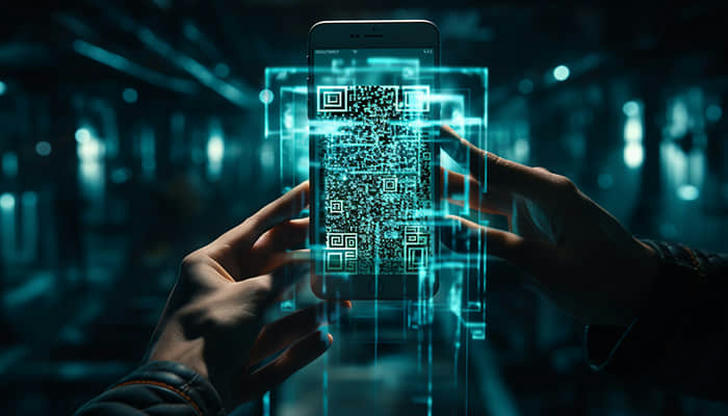
Will the QR code be used up?
If you look at the number of QR codes alone, it will be used up. Theoretically speaking, the number of QR codes is limited, if the quantity remains unchanged, as long as there is sufficient consumption speed and sufficient consumption time, the QR code will definitely be consumed!
However, this is only a theoretical possibility. From a practical point of view, it is impossible for humans to use up the QR codes. Though the number of QR codes is limited, this “limited” number of QR codes is still a quite huge number for humans! Currently, the number of QR codes has exceeded the total number of atoms in the universe!
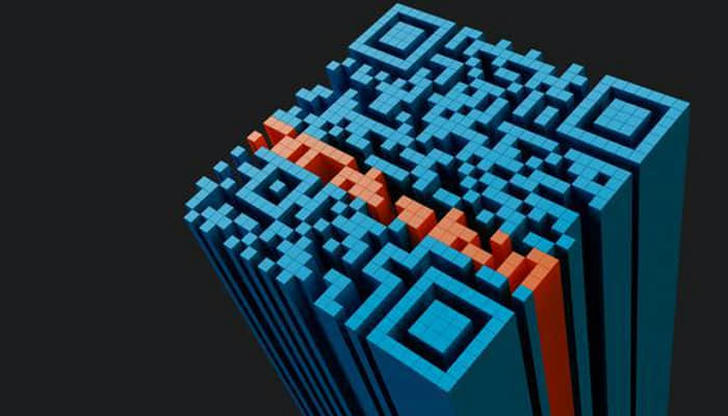
How many usable QR codes can we generate now?
So far, there are 40 official versions of QR codes. Different versions correspond to different matrices, and different matrices correspond to different numbers of QR codes. The matrix corresponding to version 1 is the minimum value, which is a 21x21 matrix. The matrix corresponding to version 40 is the maximum value, which is a 177x177 matrix.
Taking the 25x25 matrix as an example, it has 25 squares in each row and a total of 25 rows. After removing those squares used for positioning, redundant error correction, etc. in the matrix, there are still 478 squares left. Since each square can have two choices of black and white, 478 small squares can form a total of 2^478 QR codes. In other words, the QR code that can be generated by the 25x25 matrix alone is almost the same as the total number of atoms in the entire universe, 10^80. How many years will it take humans to use up so many QR codes? And this is just a 25x25 matrix.
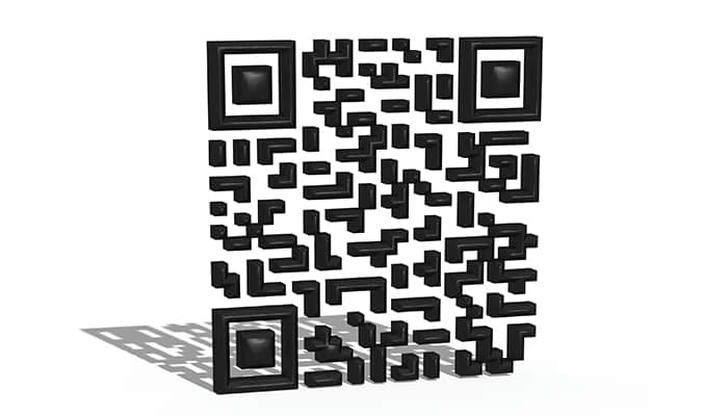
How long will it take to use up all the current QR codes?
In fact, the answer is very clear. Not to mention the current 40 versions of QR codes, even the QR codes that can be generated by a 25x25 matrix, it is impossible to use them all. As calculated above, the total number of QR codes that this matrix can generate is 2^478. Assuming that the world consumes 10 billion QR codes every day, it takes about 7.806×10^133 days to use up all these QR codes. That is to say, even if the universe that exists now perishes, people all over the world will not be able to use up the QR codes that can be generated by the 25x25 matrix.
However, 40 versions of the current QR code have been developed, and more versions can continue to be developed if necessary! So, just feel free to scan the QR code, cause humans can’t use up the QR code.
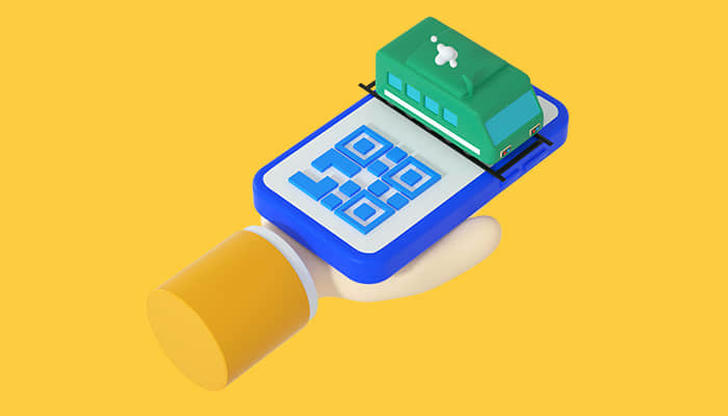
Assuming that QR codes will be used up, do people have alternatives?
To be honest, there is no real alternative because there is simply no need. However, some professionals have put forward some interesting ideas about this. For example, the current QR code is only “two-dimensional” and only in black and white. If necessary, we can change it into a “3D code”, “4D code” or even a “5D code”. The colors can also change from the current two to three, four, five, and so on.
According to the development pattern of QR codes replacing barcodes, it may not take more than a few decades for humans to develop a new storage identification method. By then, the flat identification method of QR codes will be eliminated. As for the remaining codes, let them be preserved forever in the long history of human civilization and progress.
